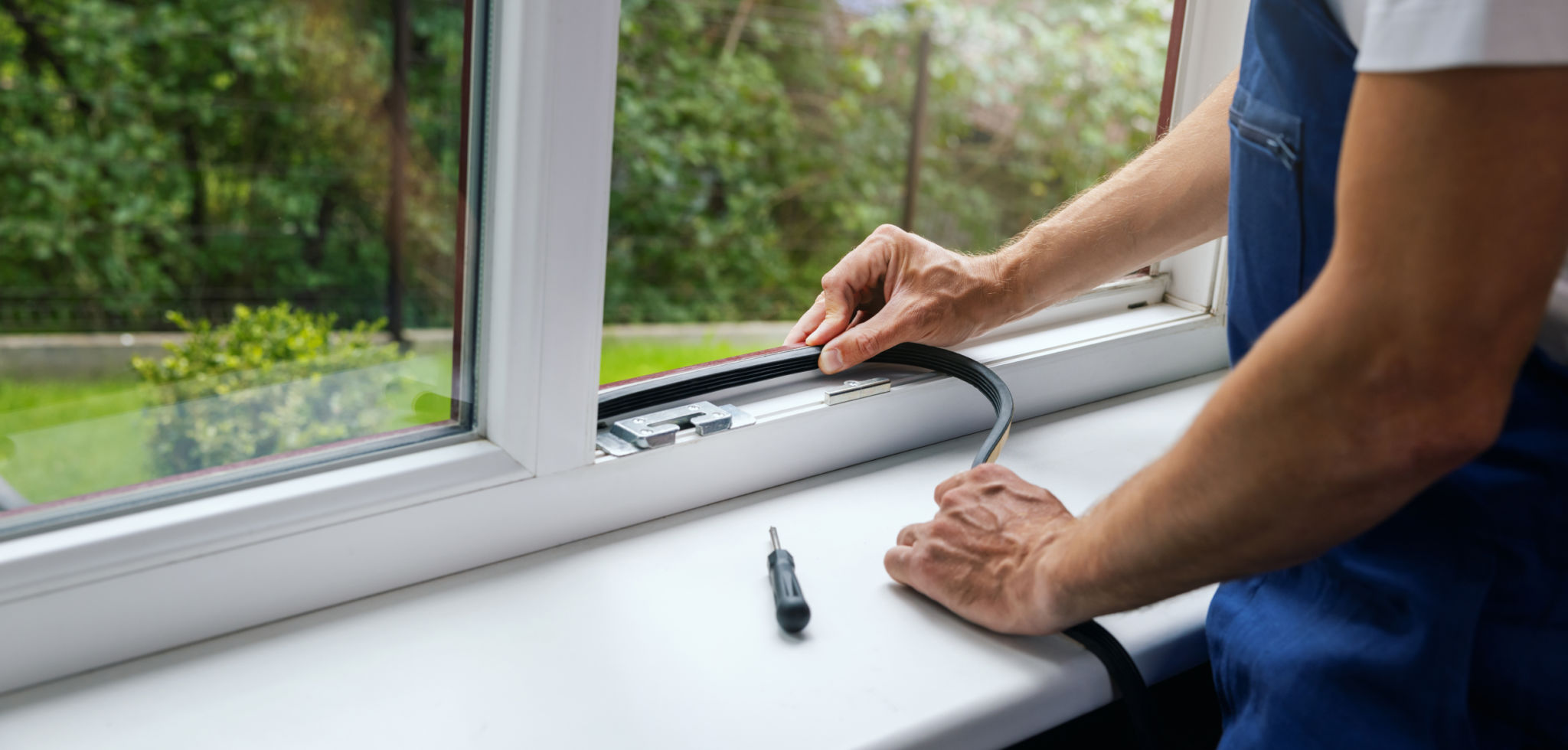Myth-Busting: Common Misconceptions About Home Insulation
Le
Understanding Home Insulation
Home insulation is a vital component of any property, providing energy efficiency and comfort. However, numerous myths cloud the understanding of how insulation works and what benefits it truly offers. In this article, we'll debunk some common misconceptions about home insulation, helping you make informed decisions for your home.

Myth 1: More Insulation Equals Better Results
It's a common belief that the more insulation you have, the better your home will retain heat. While it's true that insulation helps in maintaining temperatures, simply adding more isn't always the solution. Quality and type of insulation matter significantly. Different areas of your home require specific insulation types, and an excess can even lead to issues like moisture build-up.
Myth 2: Insulation Is Only Important in Cold Climates
Many people assume that insulation is only necessary for colder regions to keep homes warm. However, insulation is equally crucial in warmer climates. It helps keep your home cool by preventing the outside heat from penetrating indoors, reducing the need for air conditioning and thus saving energy costs.

Myth 3: Insulation Lasts Forever
Another misconception is that once your home is insulated, it will last indefinitely. Insulation can degrade over time, especially if exposed to moisture or pests. It's essential to periodically check your insulation's condition and replace or upgrade as needed to ensure it continues to perform effectively.
Myth 4: Drafts Are Always Due to Poor Insulation
While inadequate insulation can contribute to drafts, they're not always the culprit. Drafts often stem from gaps or openings in windows, doors, and even electrical outlets. Sealing these areas can complement your insulation efforts and enhance your home's energy efficiency.

Myth 5: All Insulation Materials Are Created Equal
There are various types of insulation materials available, each with unique properties. Fiberglass, cellulose, and foam are some common types, but their effectiveness can vary based on application and installation quality. It's important to choose the right type for each area of your home for optimal performance.
Myth 6: Insulation Is Only for New Homes
It's a widespread notion that only new homes benefit from insulation. In reality, older homes can gain significantly from updated or added insulation. Retrofitting insulation into existing structures can enhance energy efficiency and comfort, making it a worthwhile investment.
In conclusion, understanding the facts about home insulation can help homeowners make better choices for their properties. By dispelling these common myths, you can ensure your home remains comfortable and energy-efficient year-round.
